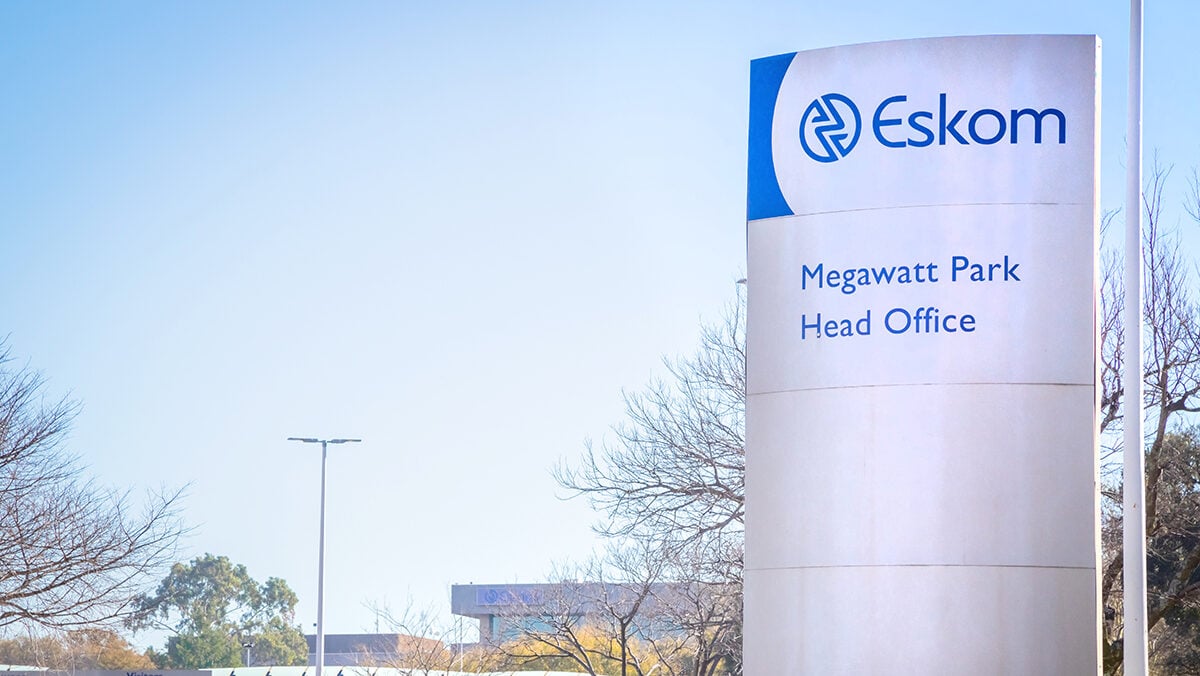South Africa’s state power utility, Eskom, has achieved a significant milestone. For the year ended 31 March 2025, the group reported a net profit of R16.05 billion. This marks Eskom’s first R16 Billion Profit in eight years. However, this positive news comes with important qualifications. The utility’s audit opinion for the financial year is qualified. Material uncertainties surround its going concern status and other critical factors.
Understanding Eskom’s Financial Turnaround
Eskom’s revenue saw a notable increase. It grew by 15.2% from R295 billion in 2024 to R341 billion in 2025. The utility also moved from a significant loss to a profit before tax. In 2025, profit before tax stood at R23.9 billion. This was a substantial improvement from a loss of R25.5 billion in 2024. The income tax obligation for 2025 was R7.8 billion. This was much lower than its nearly R30 billion in 2024. As a direct result, the utility’s after-tax income dramatically shifted. It swung from a loss of R55 billion in the 2024 financial year to a profit of just over R16 billion in 2025.
CFO Calib Cassim highlighted the underlying reasons for this performance. “This was underpinned by a stronger EBITDA margin of 29.05%,” he stated. This was supported by a 12.74% standard tariff increase. Disciplined cost containment also played a crucial role. This was particularly evident in primary energy costs. Improved plant reliability was another key contributor. The easing of generation supply constraints helped significantly. These factors led to a 3.5% growth in sales volumes. It also reduced reliance on open-cycle gas turbines (OCGTs).
Cassim further detailed the savings. Year-on-year OCGT fuel savings amounted to R16.3 billion. A recovery of R9.2 billion also boosted results. This related to previously disallowed fuel levy rebates. These combined factors helped Eskom achieve its impressive profit.
Key Drivers Behind Eskom’s R16 Billion Profit

Eskom board chair Mteto Nyati explained the profit drivers. He attributed the results to government debt relief support. New tariff structures also contributed. Higher sales, linked to its operational turnaround, were vital. Cost optimisation efforts proved effective. Nyati confirmed the future plans for this newfound liquidity. “The profit, and the resulting improved liquidity, will be reinvested in the business,” he said. This will chiefly take the form of expansionary capital expenditure. The debt relief programme covered most of Eskom’s debt servicing obligations. This freed up surplus cash from operations. This cash is now available for critical maintenance and infrastructure investment. You can learn more about electricity charges and their regulation here.
The Role of Government Debt Relief
It is crucial to acknowledge the government’s substantial support. Eskom would likely not have reported a profit without it. The utility received R64 billion in debt relief support. This occurred during the 2025 financial year. “By year-end, R140 billion in support had been received,” Eskom stated. This support came since the implementation of the Eskom Debt Relief Act. Of that, R64 billion was made available in FY2025. This relief has significantly improved Eskom’s financial standing. Gross debt securities and borrowings decreased to R372.7 billion. Net debt also fell to R358.7 billion. These improvements have led to stronger solvency ratios. They also boosted credit metrics. Eskom expects further relief. It anticipates R80 billion in FY2026. A final R10 billion is expected in FY2029. This will assist with bond redemptions.
Ongoing Challenges and Audit Concerns

Despite the profit, significant challenges remain. Eskom’s auditors raised serious concerns. They noted incomplete or inaccurately maintained records. This was in relation to the Public Finance Management Act (PFMA). This resulted in Eskom receiving a qualified audit opinion. “Those records did not comply with legislative requirements,” Eskom stated. This specifically applied to irregular expenditure. It also covered losses due to criminal conduct. Issues raised in the prior year’s audit qualification continued into 2025. They were not adequately addressed. Several internal control deficiencies were also highlighted. These issues present ongoing risks for the utility.
Furthermore, there is material uncertainty regarding the utility’s going concern status. This is driven by various interconnected factors. Its dependence on government support is a primary concern. Growing municipal debt also poses a significant threat. Energy losses further exacerbate the situation. These structural issues require ongoing attention and reform. Eskom must address these to ensure long-term stability. The qualified audit opinion underscores the need for comprehensive improvements. It highlights the importance of robust financial governance. This period represents a complex mix of success and persistent challenges for Eskom.
Eskom’s journey towards financial stability is far from over. The R16.05 billion profit is a landmark achievement. It offers a glimpse of potential recovery. However, the underlying issues highlighted by the qualified audit cannot be ignored. The utility’s dependence on government debt relief remains a critical factor. Addressing municipal debt and internal control deficiencies is paramount. Continued operational improvements and strategic investments are essential. These steps will ensure sustainable growth. They will also build lasting public trust. The coming years will be crucial. They will determine if Eskom can solidify this positive trend. It must overcome its deep-seated challenges. This includes balancing financial health with reliable power supply for South Africa.



